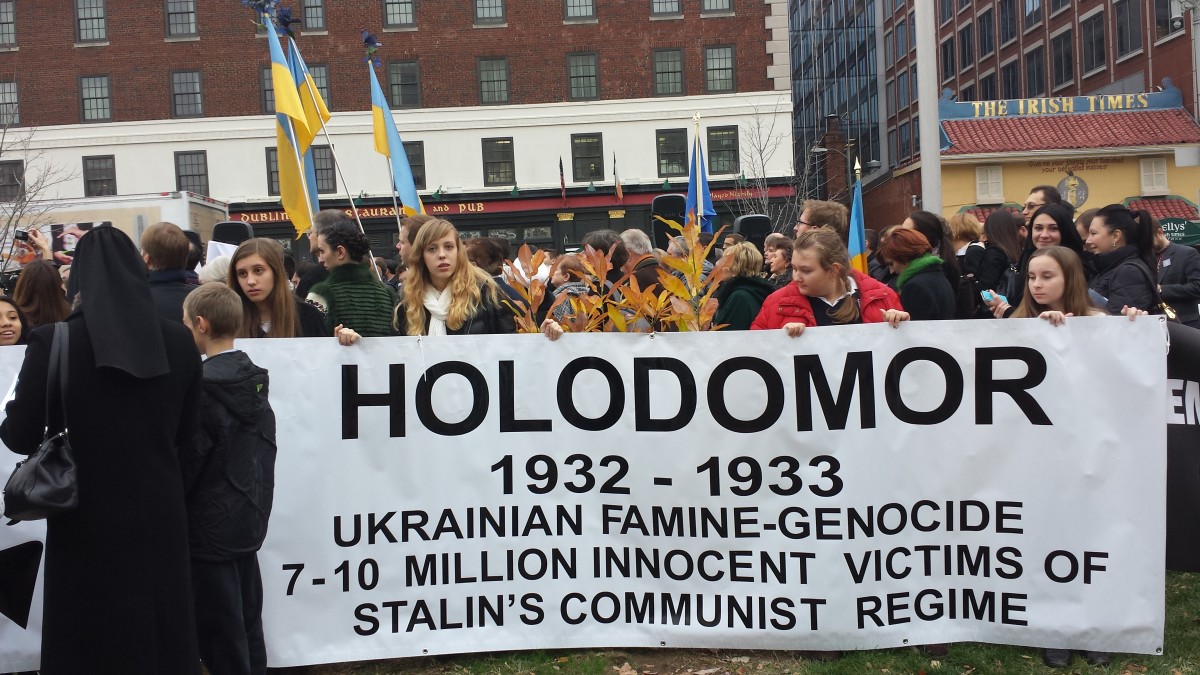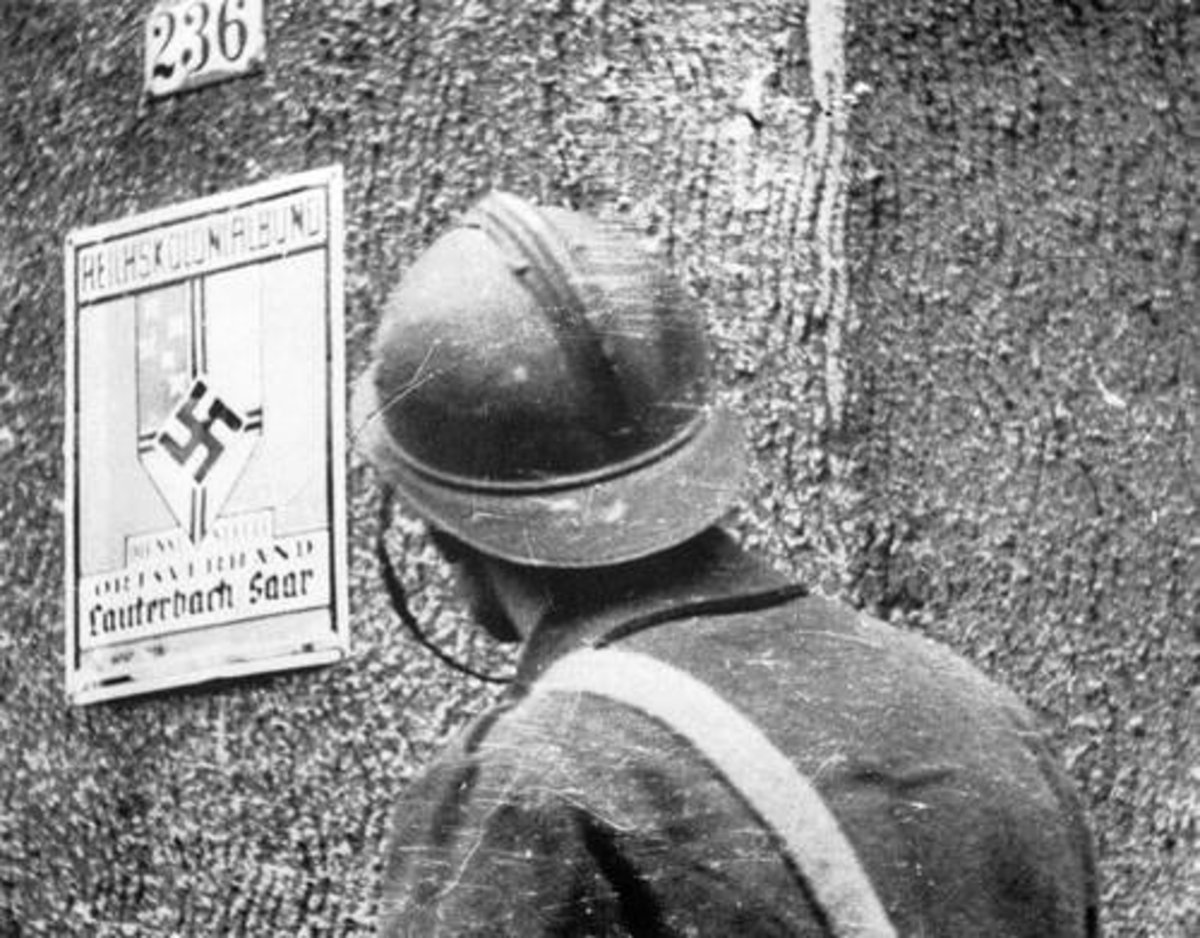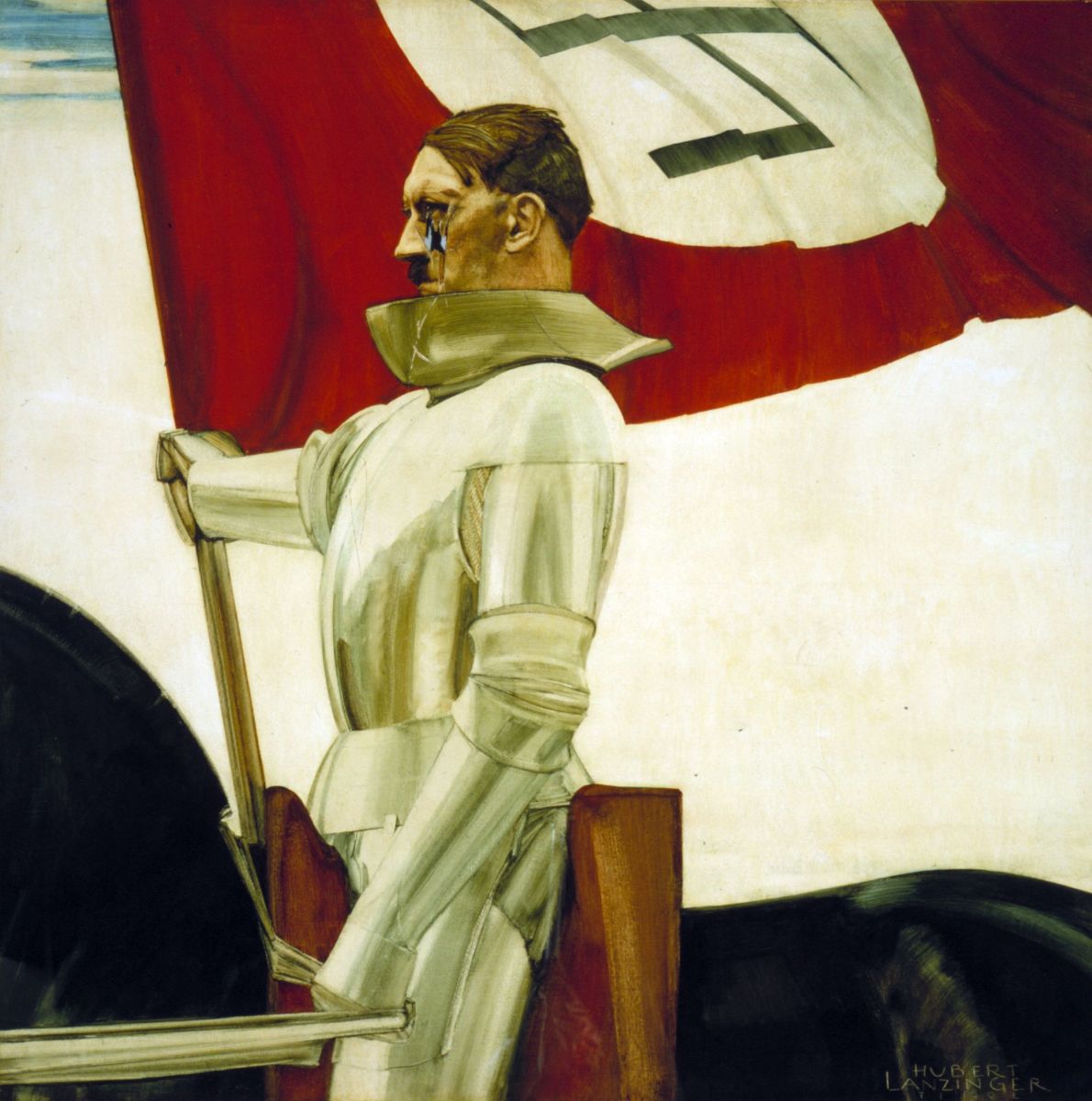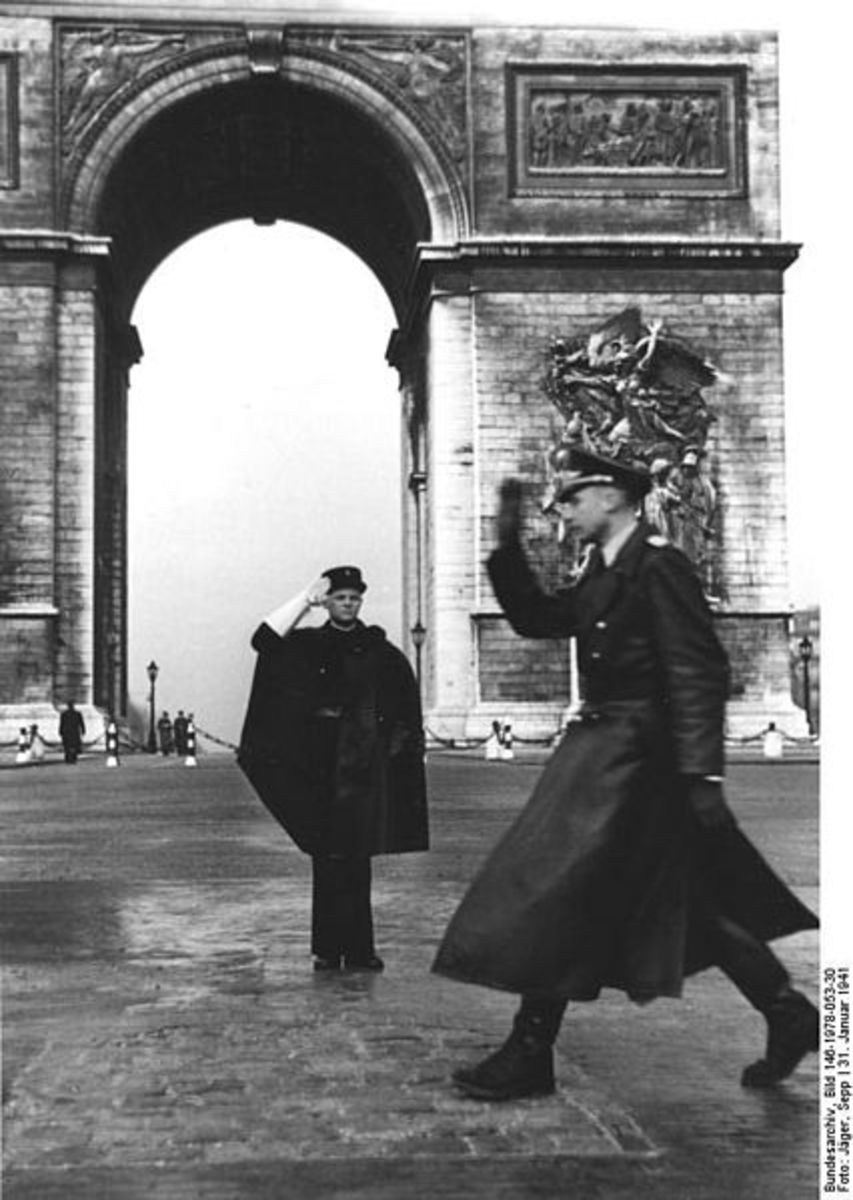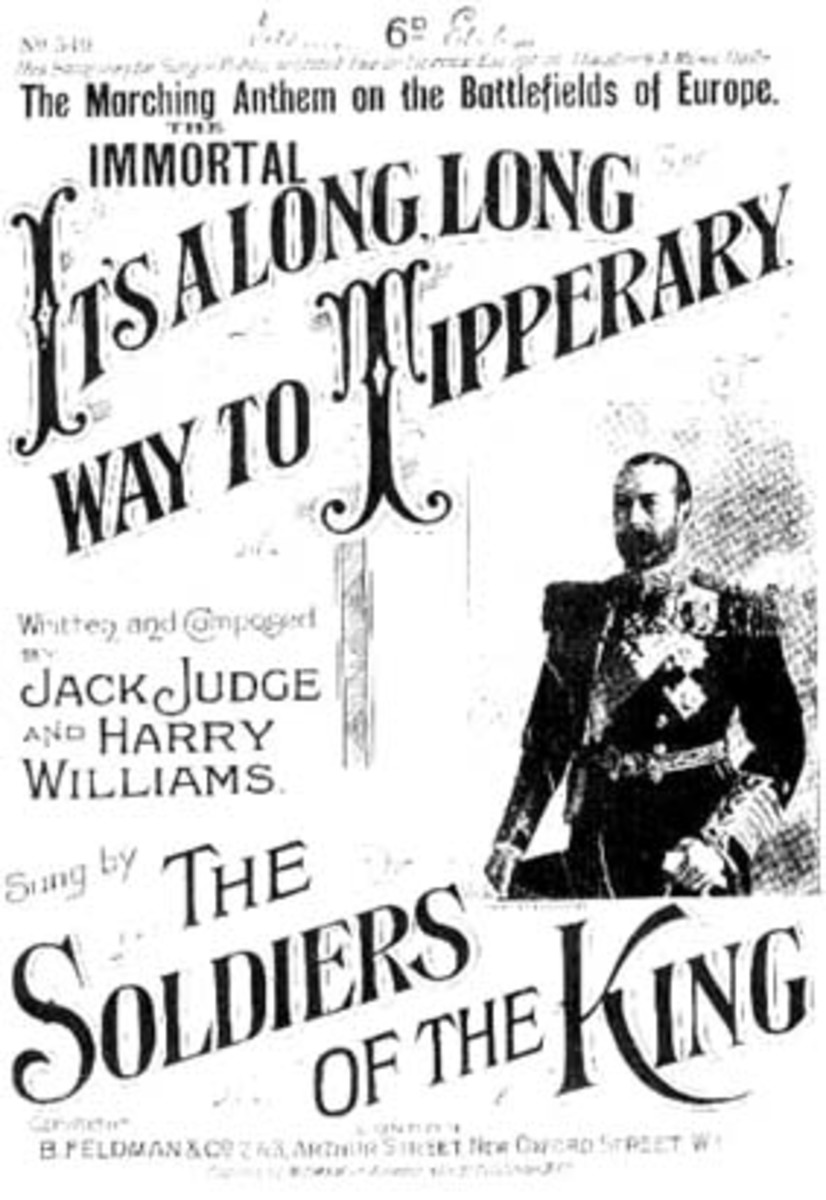- HubPages»
- Education and Science»
- History & Archaeology»
- History of the Modern Era»
- Twentieth Century History
The Soviet Polish War: Miracle at the Vistula
Polish Propaganda
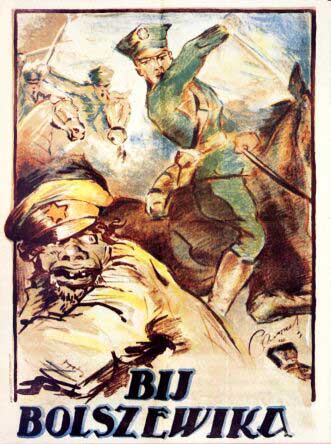
The War after the War to End all Wars
It should be important to note, that military skirmishes over newly established borders were quite common following World War I. The Soviet Red Army was still deeply entrenched in the battle with the White Army. The Ukraine was seeking independence, if possible, from both the Bolsheviks and the White Army. Romania had clashed with Hungary over the specific borders which defined their states. Even Poland itself had minor skirmishes and diplomatic troubles with Germany over its Western Borders.
However, Poland recognized very early on, that whomever emerged victorious, Bolshevik or White Army, there would be future conflict with Russia. As a result, Polish diplomats made an alliance with Ukrainian freedom fighters, thus triggering the start of the Polish-Soviet War.
Casus Belli
The current leader of the Polish Armed forces, Jozef Pilduski, was something of a contradiction in terms. He was a socialist, who would later become the anti-political Marshal of Poland (removing himself from Party concerns once freedom was had), and in fact, resembled, in many ways, more a monarch than anything else. However, if there was one thing he was, it was a person who wanted the independence of Poland, and he was specifically anti-Russian, due to his earlier experiences.
One of Pilduski's plans was the formation of a Federated State under Polish Authority, known as the Intermarium Plan. In this plan Pilduski sought to create a United political body which included Poland, Lithuania, Ukraine, Romania, Czechoslovakia, Yugoslavia, the rest of the Baltic States, Finland, and even Belarus. It is important to note that many of the nations that were featured in this plan had their own ideas concerning independence, and resisted the Intermarium Plan.
In a modern context, this might even be seen as ill-fated Imperialistic motives on the part of a newly liberated Poland. Indeed, immediately following liberation, Poland proceeded to attempt territorial claims against all its neighbors, including Lithuania, Ukraine itself, Russia, and Czechoslovakia.
However, by the early 1920s, Pilsudski was supportive of Ukrainian freedom fighters. He announced an alliance with them, who were officially in conflict with the Bolshevik forces. Thus, it should be noted that Poland actually started the War.
Early Polish Advances
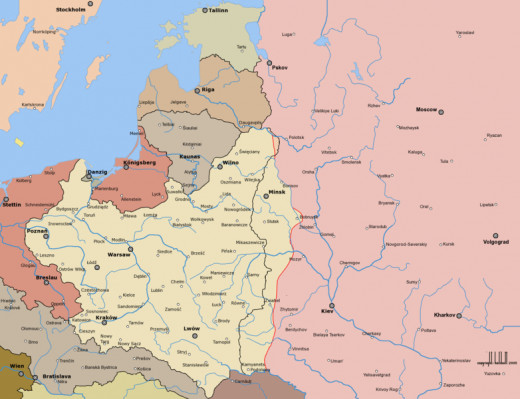
Survival of the Soviet Union
It is interesting to note, that Poland was primarily successful in 1919. Steadily driving Soviet forces back, who were preoccupied in the Baltic, and the Ukraine at the time, the Poles were able to capture Minsk and parts of the Ukraine.
By the middle of that year, the White Army was resurgent, and was nearing to Moscow to capture it. Soviet forces were retreating from the West, in order to defend their nascent Socialist state, as best they could. The Polish had, at this point, an opportunity to crush the Soviet Union, but could not actively do so, because the Poles were both bogged down fighting the Ukrainians (border disputes with their allies, in the middle of a war), and saw a resurgent Russian Empire as worse than a Bolshevik State. Thus, the Poles inability (or possible unwillingness) to push forward likely saved the new born Soviet State.
However, by the end of 1919, border disputes with the Ukraine had finally been laid to rest. Symon Petlura, a Ukrainian leader in exile, had signed away Ukrainian territories recently taken by the Poles, in exchange for assistance in the coming year against the Soviets, and a guarantee of Ukrainian independence. Pilduski specifically saw this as affirmation of his Intermarium plan.
Resurgence against Poland
The Red Army had found major success against the White Armies during the early part of 1920. Thus, the first quarter of that year was spent moving men and supplies to the Polish front, to support offensives for the Spring and Summer.
The Poles, on the same hand, made for one last offensive push. This time, driving towards Kiev, in order to create an independent Ukraine. The gains from previous momentum were heavy, but soon fizzled as the number of Soviet Infantry divisions in the region began to increase. Eventually, Soviet forces pushed the Poles back out of Russia, and back into Poland, making serious territorial gains, and beginning the Siege of Warsaw, while some forces were tied up in Lvov at the time.
Polish Propaganda
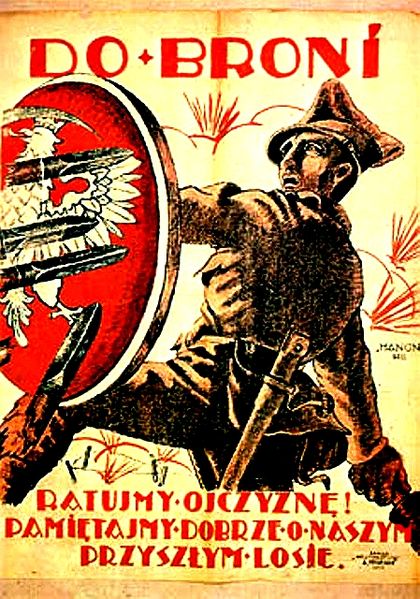
Warsaw: Alternating Theories
There are generally two distinct trains of thought, as to why the Soviet Union was unable to capture Warsaw. Being numerically superior, with a veteran force much more experienced than the Polish, if the Soviets had captured Warsaw, there is no doubt that it would have changed history.However, there are two competing theories, as to why the Soviets lost...some point to the Miracle at the Vistula, and some point to activities in Lvov.
When referring to the Miracle at the Vistula, this was a plan, for the defense of Warsaw, from advancing Soviet forces across the Vistula River. Specifically, the plan was, as best as I can tell, divided into four parts. The first was a defensive army to hold the Vistula at all costs. The second was a sweeping flank motion from the south, possibly as a distraction or discretionary force. The third was a norther flank, moving behind and engaging the bulk of the Bolshevik Armies. The final, was a strike force, of some 20,000 men, who would cross the Vistula, penetrate the Russian line, and link up with the Northern Flank, thus making a salient out of the advancing Russian forces.
The Russian Commanders had actually gotten wind of this plan, and largely considered it amateurish. There were plans for a specific Cavalry force to strike from Lvov while the city was being assaulted. At the same time, Soviet reserves would be sent by train, from the Lvov area of operations, to Warsaw. Had either of these forces arrived, it would have likely resulted in the defeat of the plan, as the discretionary southern flank would have been driven back, and the city captured. Any forces left on the Vistula would be overrun from the rear, and the Pilduski's strike force would have become trapped themselves.
However, the commander of the Cavalry force at Lvov was Josef Stalin. Historians go back and forth, arguing that he remained in Lvov for personal glory, despite orders from Trotsky (who was at Warsaw), that they needed the Cavalry at Warsaw. However, to Stalin's benefit, it does seem that Soviet High Command at the time, had been issuing conflicting orders to those in the Lvov area, and this allowed commanders at Lvov some degree of autonomy. Either way, neither the Cavalry nor the Reserves made it to Warsaw, and thus Pilduski's plan, which was known, accounted for, and considered amateurish, became successful.
Results
The result was an increase in Pilsudski's personal power, which would eventually lead to a semi-autocratic government in Poland by 1926. The Russians, sorely beaten, abandoned the concept of internationalism, which would not reappear again until after World War II. It is hard to imagine what it would have been like, if Stalin had not been present at that battle.
However, for my part, I have tried. Attached in the Amazon box to my right, is an alternate history series, based upon 'What if Stalin had never become editor of the Pravda?'. A simple statement, but it means so much, as, if Stalin had never become staff on the Party newspaper, he would have never been groomed for executive leadership, and would not have been leading the army at Lvov.
If you think this is interesting, feel free to buy the first Novella in the series! Thanks for reading!


